An excerpt from Greta Hansen’s “Reports from the Field: Freedom of Assembly and Public Space Today” published in e-Oculus.
Last year the Center for Architecture initiated a series of discussions titled Freedom of Assembly, the first of which, in December 2011, was a swift reflection upon the Occupy Wall Street (OWS) movement. Last Sunday was the third panel of the series that accompanied an exhibition entitled “Beyond Zuccotti Park.” The exhibition, in turn, is derived from a book by the same name. In all, the Center has become a forum for one of the most relevant intersections of occupy-thinking and standard architecture and planning practices.
Engaging us this time were activists, designers, and city planners. Rick Bell and Lynne Elizabeth, director of the New Village Press, opened the event with a discussion about what should be done now, a year after the occupation…
Michael Pyatok, FAIA, of Oakland-based Pyatok Architects, showed his firm’s design of the plaza in front of Oakland, California’s City Hall; New Yorkers in the room noted the lack of an open and accessible public square outside of our own city hall. Signe Nielsen, FASLA, while initially supporting the open expression at Zuccotti Park, described her sense that the proliferation of tents represented a misuse of public space, Pyatok said the Oakland Occupation suited the space. He designed the amphitheater-like steps as “the living room” and the adjoining lawn as “the people’s mattress” – useable metaphors for a livable city…
Ideas presented and debated at the three-hour long session described the potential role of municipal government in commissioning public spaces that could be designed to encourage open dialogue and participatory democracy. There was no consensus, however, that a design solution could be created, despite Pyatok’s example, in response to social movements. The ability of architects, landscape architects and urban designers to plan spaces is limited by the terms of engagement. Closing remarks by Ron Shiffman, Hon. AIANY and Lance Jay Brown, FAIA, also among the editors of the book, were more upbeat, noting the value of the dialogue about the design of public space in advancing issues of social justice.
Read the full article here.
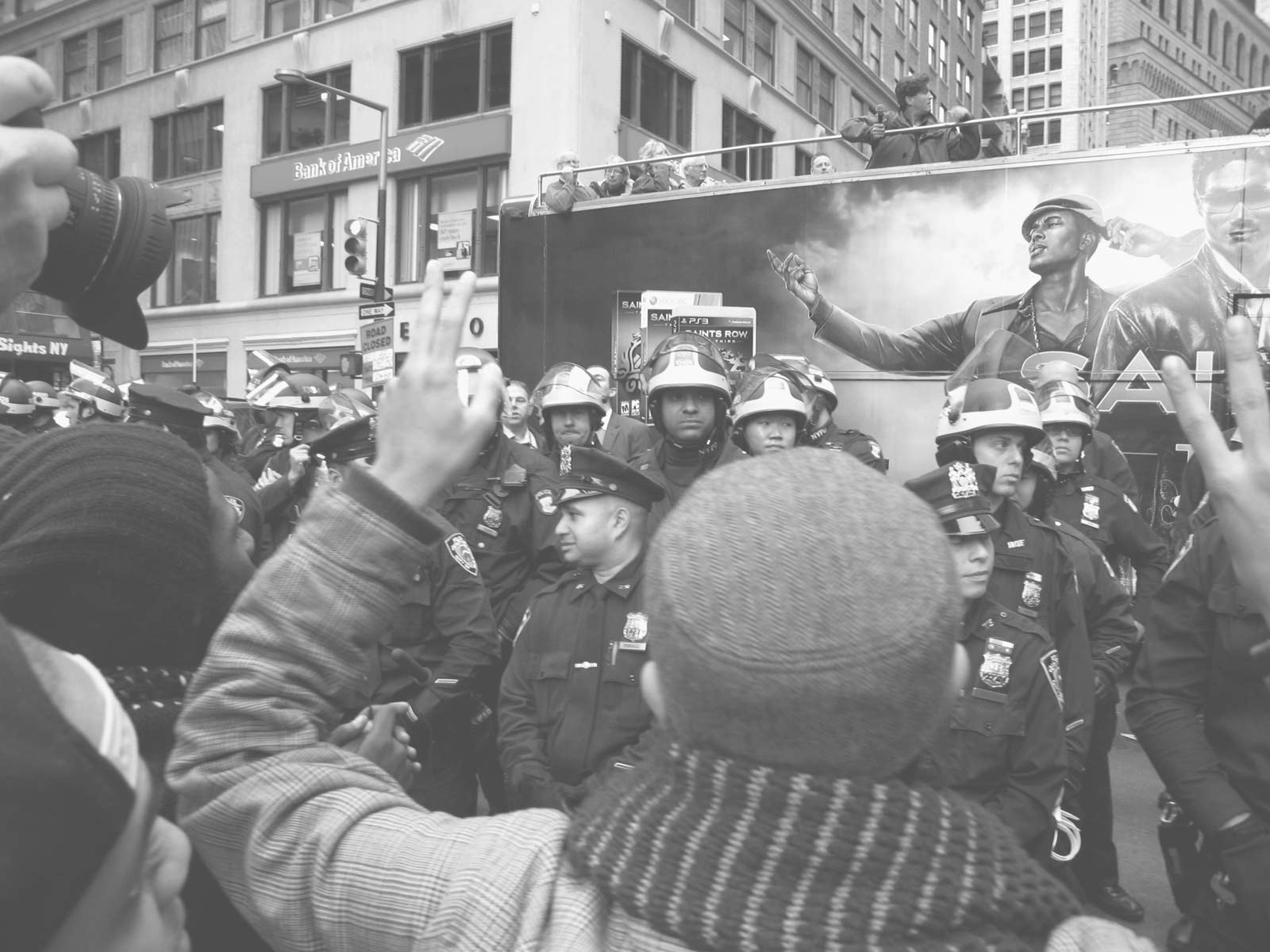
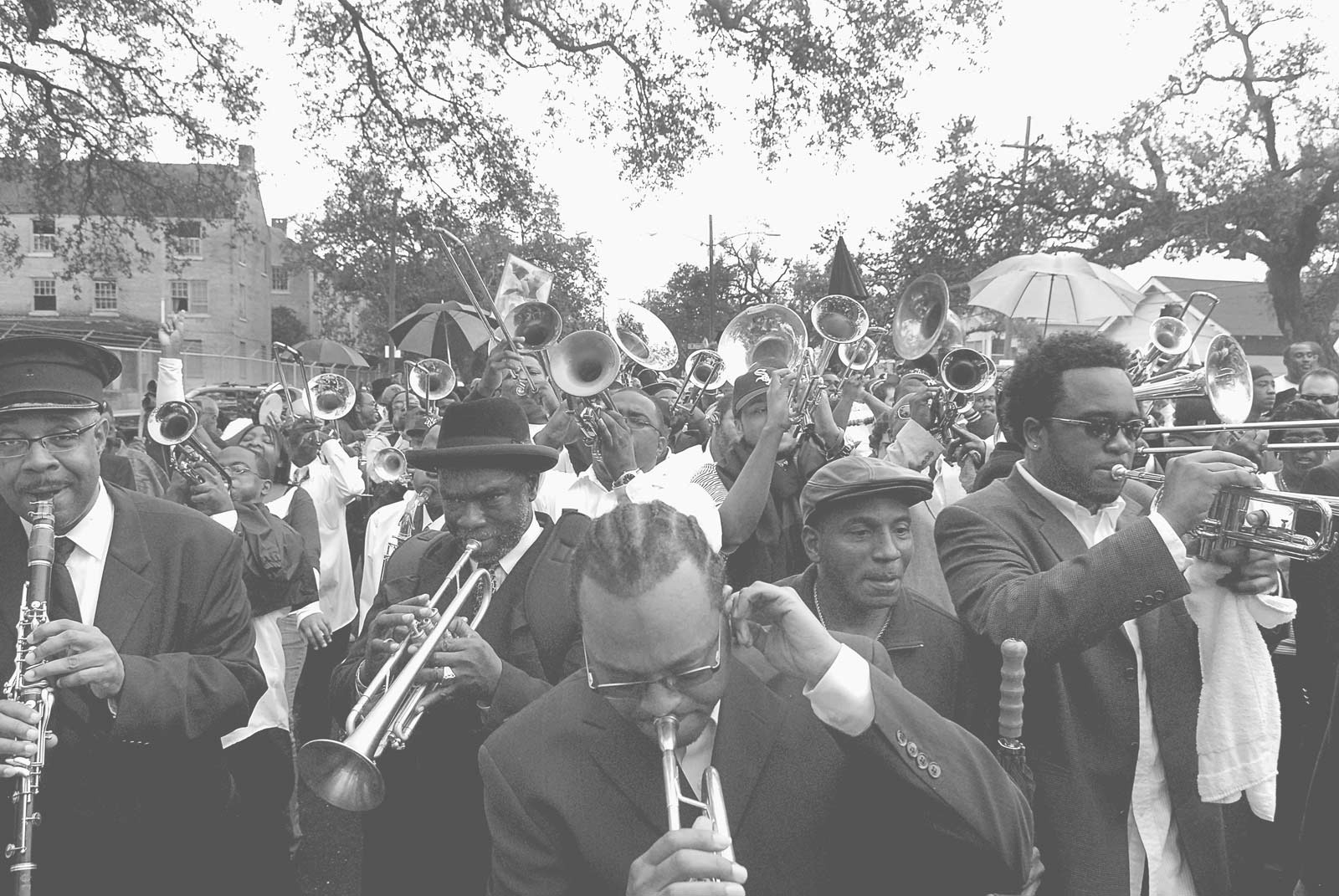
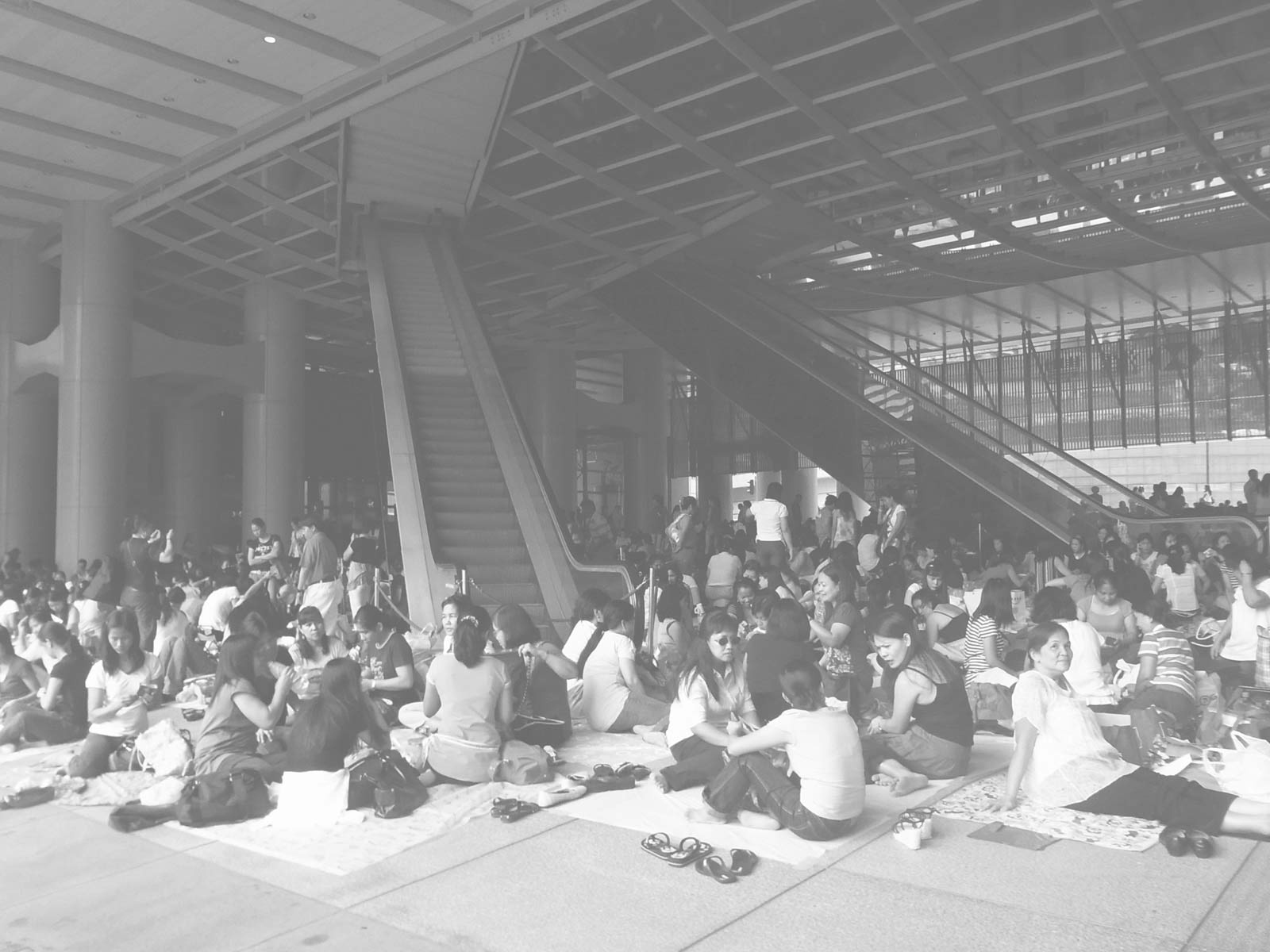
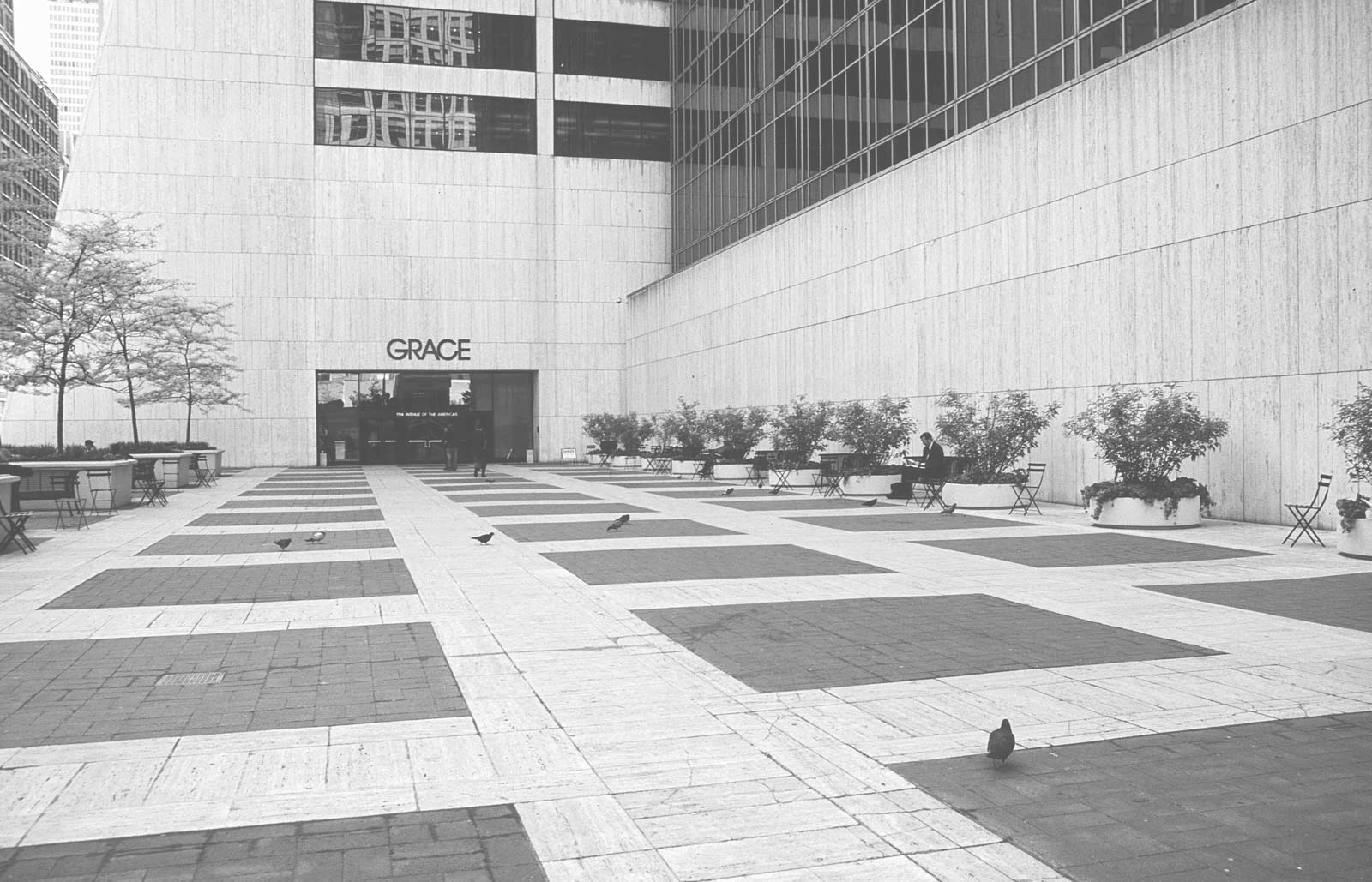
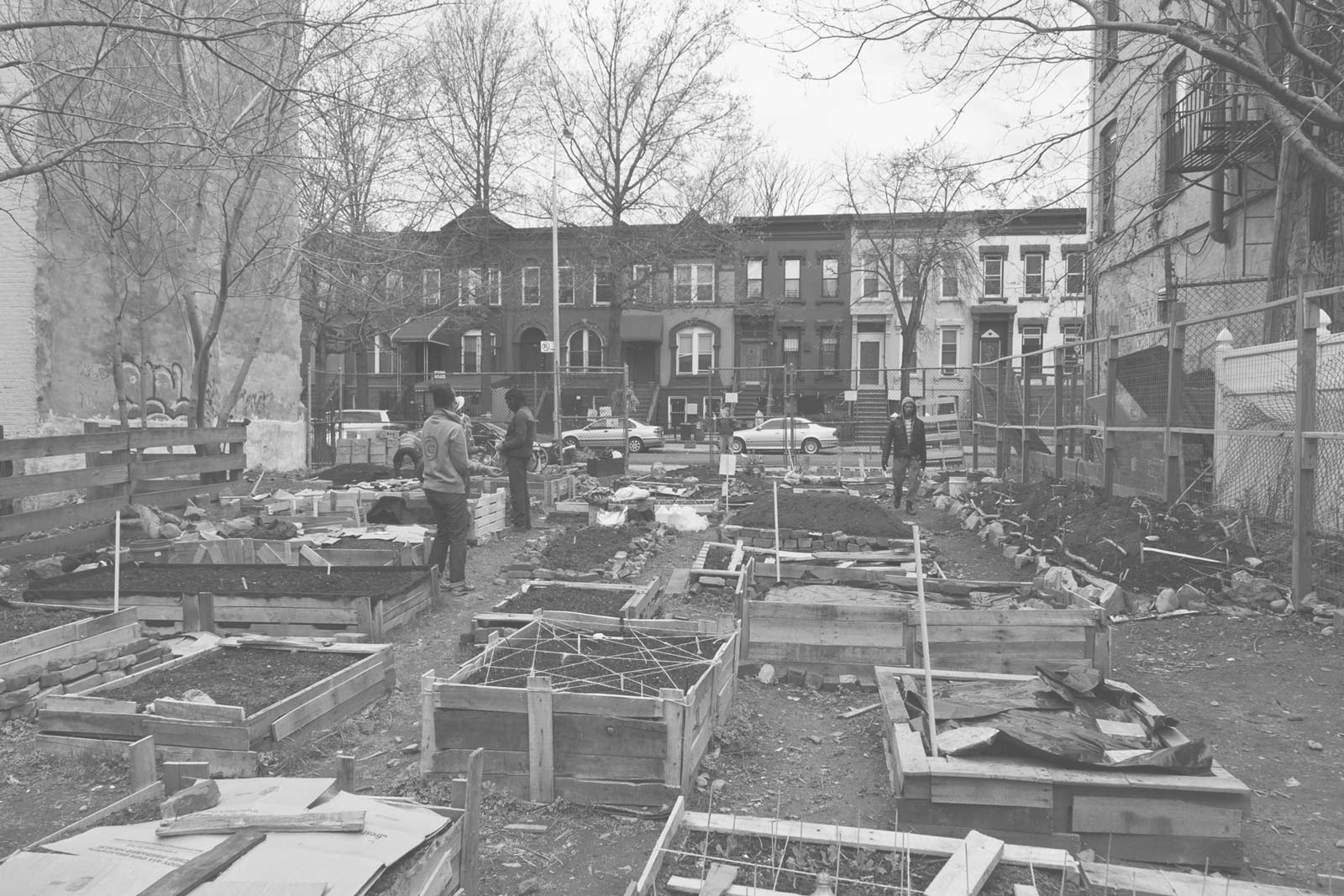
Follow Us!